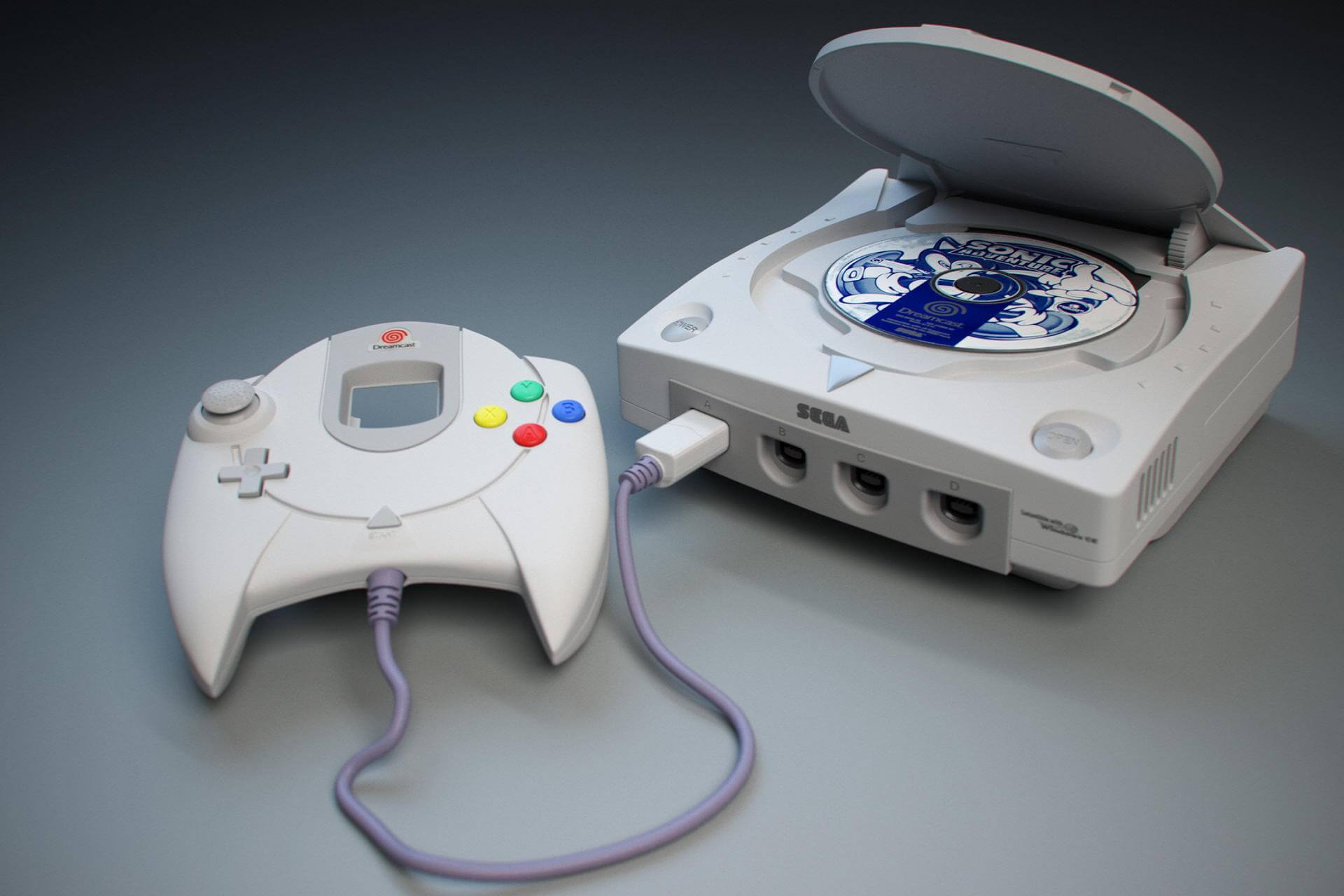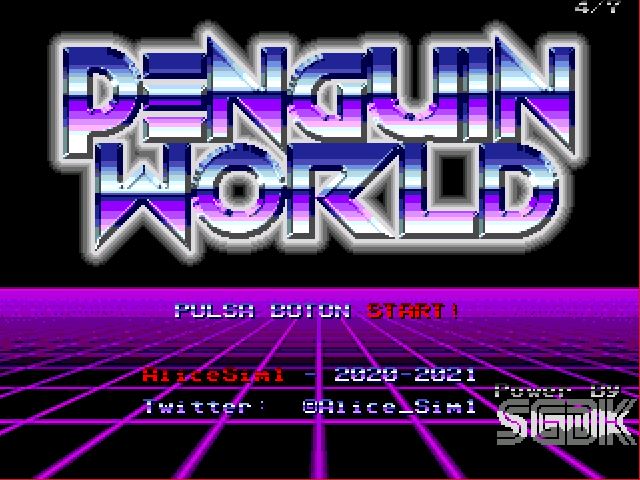

Each would give you instructions on how to incorporate the elements, resistors/capacitors to use, other necessary ICs, crystals to install, how to wire, send commands and what it outputs, at what frequencies and what levels.Ĭustomised and specialized hardware like those made by texas instrument can be pricey when complex and large, but programmable devices can be even more pricey but unavoidable when what you want to do does not exist. Usually arcade vendors relied of third parties to provide off the shelf components and customised ICs (like graphics processors etc). Things to transform the audio bitstreams into a signal recognised by your sound reproducing devices (as easy as analog audio through RCA connectors) Things to transform the video bitstreams into a signal recognised by a monitor Things to hold data that would be changing There is a more detailed writeup of how capcom arcade hardware worked here:

So in answer to your question, the difference came through using standard off-the-shelf parts which were augmented by the inclusion of additional bespoke hardware. That processor on its own didn't really give enough power to throw around the amount of sprites that you would see in Street Fighter Alpha 3 or Marvel Vs Capcom, that was only possible due to the custom graphics hardware that was included on the board. What would often differentiate them would be the custom graphics and sound hardware included on the boards.Īs an example, the CPS1 and CPS2 boards used by Capcom for a large number of popular 2d titles throughout the 90s used a somewhat customised version of the same Motorola CPU (the 68000) that was in the Sega Genesis and a number of early Macs and other home computers. Lots of 80s and 90s arcade machines used standard processors that you might have also seen in home computers and consoles of the time. I think it was at that point that consoles started getting close to arcade quality, starting with Dreamcast.įor someone just starting to look into this kind of thing I'd say is a good resource to start from. IIRC I think the Dreamcast was based on the Naomi board, which hit arcades a couple years after Model 3 in 98/99.
#SEGA NAOMI EMULATOR SEGARETRO FULL#
Video : Full Color Texture Mapping, Tri-Linear Interpolation, Micro Texture, Shading High-Specula Gouraud Shading, Fix Shading, Flat Shading, Texture & Edge Multi Layered Anti-Allasing, Lighting Effects, Parallel Light, 4 Spot Light, Pin Spot Light, Special Effect Zoning-Fog, 32 Levels of Translucency.īoard composition : CPU + VIDEO + ROM boards

Geometrizer : At least 1,000,100 polygons/s for square polys, 2,000,200 for Triangle polys Scroll Window : two plane (24KHz/two plane mode), 16 colours/32,768 1024 palette x 2 bank, 256/32,768 64 palette x 2 bank And, the voltage levels of the video output is at VGA levels (.7vdc Peak to Peak) Video resolution : 24KHz 496(H)x384(V) one or two plane 24khz, It uses the VGA pinout however. Main Memory : 8 Mbytes 66mhz Ram, graphic ROM maximum of 64 Mbytes, backup RAM 64 Kbytes Sound chip : Yamaha SCSP/YMF-292F/"LAKE" FH1 128-step DSP x 2, MIDI interface, 16 bits 64 voices 4 channel, maximum of 16.5 Mbytes ROM, 64 PCM channelsĪudio RAM : 1meg (8 megabits, 512K per SCSP chip)

Graphics Chip : 2 x Lockheed Martin Real3D/PRO-1000 Main CPU : 32bits RISC PowerPC 603ev 166Mhz Wish I could make my point more clear, but it's been on my head for the last couple of days and figured someone would be an expert on this topic. I do recall playing Marvel vs Capcom on PSX with awful loading times and no player switching, but the Dreamcast could run MVC2 (that worked on the Naomi system? Forgot the name). The games had a certain style that made them look great.īut how did those "systems" worked? I remember NeoGeo for SNK and CPS for Capcom games, but TMNT ran on MAME or some stuff like that? What restrictions or hardware power were the devs limited to?īasically I'd like to know in which point home consoles surpassed the point in which an arcade game and the console version ran the same game. While most of them are actually playable and good games by themselves, the smoother gameplay, extras like voices and animations on the original versions were a experience for me as a kid of the 90's. Been on a mood of watching longplays of old arcade games like Final Fight, Mortal Kombat 2, NARC and TMNT 1989 and couldn't help but think of how night and day the difference is when you look at their console counterparts.


 0 kommentar(er)
0 kommentar(er)
